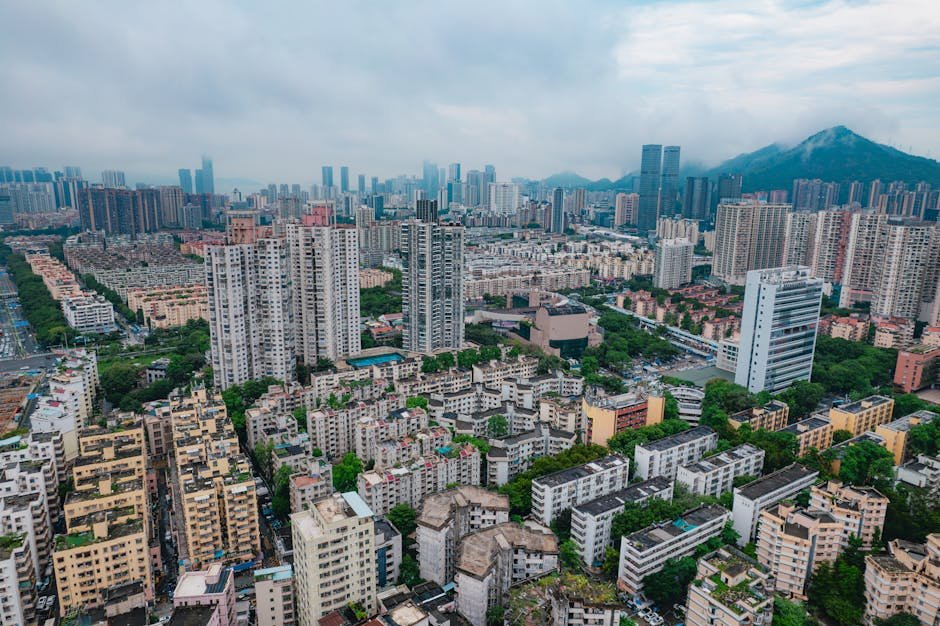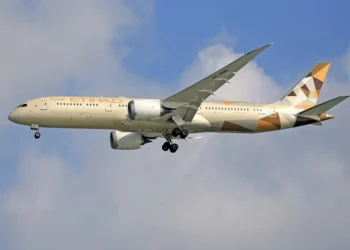Shanghai’s Cultural Renaissance: A Catalyst for Economic Growth in 2025
As we look ahead to 2025, Shanghai is poised to break records in economic performance, thanks to its strategic focus on the convergence of arts, world-class cultural events, and a booming tourism sector. This vibrant city is not just a hub of commerce but is also transforming into a cultural epicenter that attracts visitors from around the globe.
Embracing the Arts
The city of Shanghai has long been recognized for its rich history and modern architectural wonders. However, it is the arts that are now taking center stage as a significant driver of economic growth. By investing in local artists, museums, and public art installations, Shanghai is creating an environment where creativity flourishes. This emphasis on the arts not only enhances the city’s cultural fabric but also draws in tourists who seek unique experiences.
World-Class Cultural Events
In addition to its artistic initiatives, Shanghai is hosting a variety of world-class cultural events that showcase both local and international talent. From film festivals to art fairs, these events not only celebrate creativity but also stimulate local businesses and industries. As more people attend these gatherings, hotels, restaurants, and shops benefit from increased foot traffic, thereby boosting the local economy.
Surging Tourism
Tourism in Shanghai has seen a remarkable surge, with travelers eager to explore the city’s blend of traditional and contemporary culture. The city’s iconic landmarks, such as the Bund and Yu Garden, continue to attract millions of visitors each year. However, it is the city’s cultural offerings that are increasingly becoming a focal point for tourists. With the rise of social media, travelers are more informed and interested in experiencing the local culture, art, and events, further fueling Shanghai’s tourism boom.
Driving Economic Performance
The intersection of arts, cultural events, and tourism is creating a powerful economic engine for Shanghai. As the city positions itself as a global cultural hub, the economic benefits are expected to be significant. Local businesses are likely to thrive, job opportunities will expand, and the overall quality of life for residents will improve. This holistic approach not only supports the economy but also enriches the cultural landscape of the city.
Conclusion
In 2025, Shanghai is set to achieve record-breaking economic performance, driven by its commitment to the arts and cultural engagement. By harnessing the power of creativity, the city is not only enhancing its appeal to tourists but also ensuring sustainable economic growth. As Shanghai continues to evolve, it serves as a model for how culture can intertwine with commerce, paving the way for a vibrant future.









